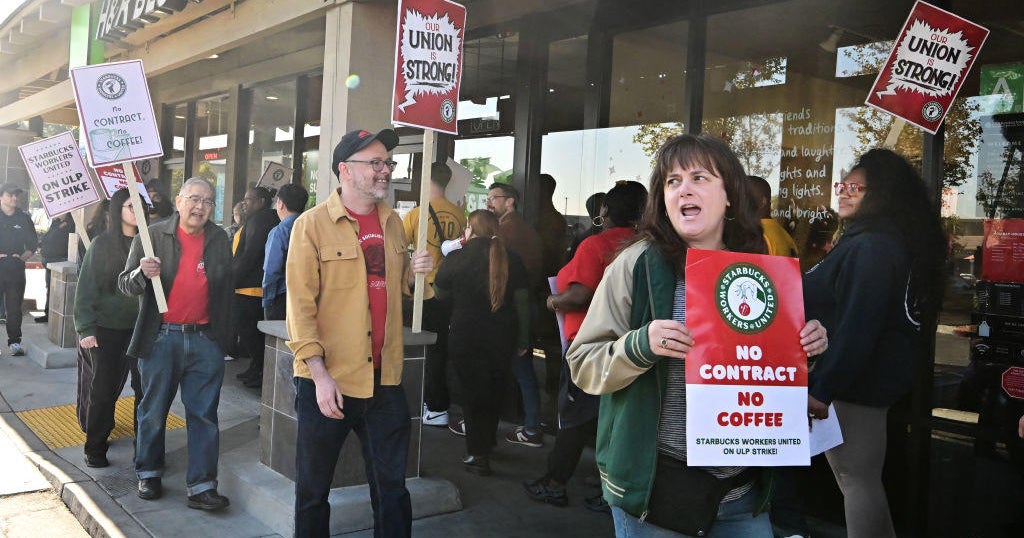Retail job losses are now the highest on record: "Astronomical" layoffs
The retail industry was already struggling with consumers' snubbing of malls in favor of online shopping, leading to the collapse of stores such as Payless and Toys R Us and tens of thousands of layoffs. And then came the coronavirus pandemic.
The retail apocalypse has become "astronomical," with layoffs at historic levels, according to Andrew Challenger, senior vice president of global outplacement and executive coaching firm Challenger Gray & Christmas.
For the first four months of 2020, retailers have cut more than 114,00 jobs, far outpacing any annual job cuts in the industry and larger than the previous annual high of about 101,000 job cuts in 2003, his company says.
Retailers are struggling on multiple fronts. Companies that had already been on weak financial footing succumbed during the crisis after governors across the U.S. ordered non-essential businesses like clothing and home furnishings retailers to close their doors. Among those are Pier 1, which this month said it will go out of business and permanently close all 540 of its stores after filing for bankruptcy protection earlier in the year and failing to find a buyer for the home furnishings chain.
Other retailers in stronger financial positions have furloughed workers, with pledges to rehire them as the economy begins to reopen. While that means not all of those 114,000 job losses will be permanent, it's unclear how many jobs will return once the economy reopens.
One such furloughed worker is Noah Kowaloff, 42, of Framingham, Massachusetts, who was working at a shoe retailer in a mall when the coronavirus pandemic hit. Throughout his furlough, his boss has reached out to tell him that his job is waiting for him, although there's not yet a date for when that will happen.
Kowaloff, who earned $13.50 an hour, said his company treats its employees well, but he has concerns about returning to work in a retail environment if there's still a risk of infection.
"I'm not closed off to going back, but I'm not going to go back unless it's safe to do so," he said. "My perspective of retail is that no job is worth putting my health at risk. I really think that if you are going to ask people to risk their lives to sell shoes or bag groceries, you have to give them a lot of money."
Some grocery stores and other essential businesses have offered "hero pay," typically an extra $2 or $3 an hour for working during the pandemic. That's adding to retailers' operational costs and crimping their bottom line. But like Kowaloff, some workers may decided to seek employment in industries they see as less risky if the pandemic continues.
Shoppers also may not feel safe to return to stores, which could weigh on retailers' operations. On the one hand, consumers are spending more at grocery stores to stock up on food and toilet paper. But they're also turning to online retailers like Amazon for non-essential goods, with a new CompareCards survey finding that one-third of consumers say they are more likely to shop online rather than in-store because of the pandemic.
While overall retail sales plunged almost 9% in March, clothing retailers suffered a 51% decline — that's the steepest drop among all types of retailers, according to U.S. Commerce Department data.
Shoppers themselves are also struggling with the loss of income and jobs, which could depress retail spending even after the economy reopens.
"Retailers that survive COVID-19 need to dramatically rethink long-established practices and processes and invest in new systems that squeeze more ROI [return on investment] out of the business," Kelly Lynch, retail solutions manager at data-science company ActiveViam, said in a statement.




